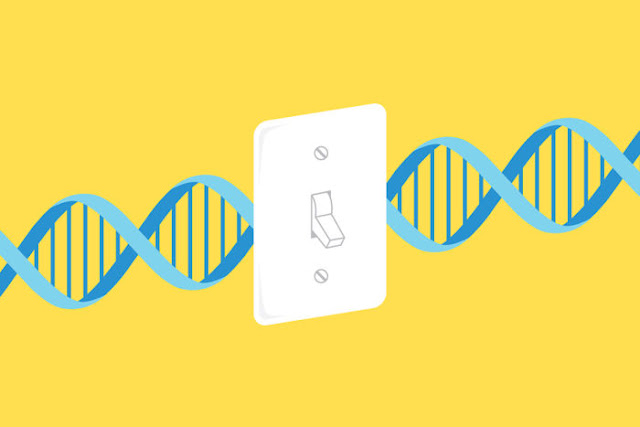260
 |
| Genes can be switched on or off using CaRROT technology. Image credit: medicine.wustl.edu/ |
Genetic modification is a hugely debated subject as well as a highly
interesting one. Being able to genetically modify a plant or an animal
(humans included) is a huge achievement towards understanding our genes
and their function. Over the past few years, CRISPR- Cas9 has been in
the news for the simple reason that the technology allows labs to easily
edit genomic sequences in live cells. The simplicity of the technique
lies in the fact it requires a CRISPR associated protein 9 (Cas 9) and a
single guide RNA (gRNA) to edit the region of your interest.
interesting one. Being able to genetically modify a plant or an animal
(humans included) is a huge achievement towards understanding our genes
and their function. Over the past few years, CRISPR- Cas9 has been in
the news for the simple reason that the technology allows labs to easily
edit genomic sequences in live cells. The simplicity of the technique
lies in the fact it requires a CRISPR associated protein 9 (Cas 9) and a
single guide RNA (gRNA) to edit the region of your interest.
The technology also brings with it the promise of curing genetic diseases like sickle cell anemia, beta-thalassemia and cystic fibrosis, among others. Many privately funded labs are already in the race to design and manufacture CRISPR-Cas9 derived therapeutics that could make genetic diseases a thing of the past.CRISPR-Cas9, however, has its limitations. For one, the editing that it can easily bring about, is not very specific, which means that you could, unknowingly, be editing another area of the genome. This, further, complicates the process of genome editing and trials of genetically modified organisms, since, the effects of unintended modifications, need to studied in greater detail.
Yubin Zhou, Associate Professor, at the Texas A&M University and his team, have been working on developing a better control system for the edits generated out of the CRISPR-Cas 9 system. They have generated a modified Cas9 protein that can be turned on using Calcium (Ca +2) ions. Called Calcium Responsive transcriptional Reprogramming Tool (CaRROT), this tool can be activated either by using calcium channel agonists or a light signal.
| Diagrammatic representation of CaRROT system at work. Switching ON of a gene is enabled by a light signal. |
Image credit: 10.1021/acssynbio.7b00467
When a light signal is received, the calcium ions flow through the channel and are now available for the modified Cas9 enzyme to do its work, which turns out the gene. By ensuring that the enzyme works only in the presence of light, the researchers ensure that enzyme works only when asked do.
The researchers aim to utilise the modified enzyme to turn on genes in tissue in damaged organs, helping in their repair. Further studies will be conducted in neuronal and skeletal cells to determine the efficacy of the method.The lab has also been successful in creating an ‘off’ switch using the same principle, where the calcium channels are closed when illuminated. Such a feature finds application in treatment of cardiovascular and psychiatric disorders, where existing drugs have major side effects.
Research on CaRROT has been published in ACS Synthetic Biology and Angewandte Chemie.

